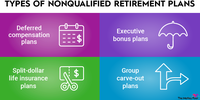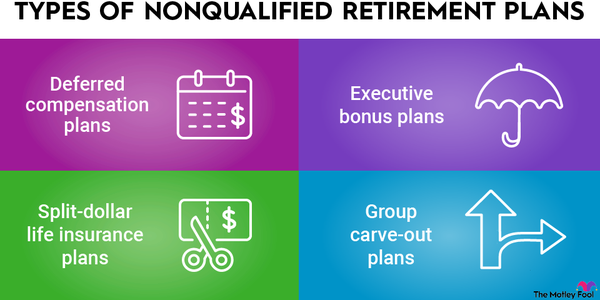Vesting is a very important concept for people who are planning for retirement, especially those who have employer-sponsored retirement plans or pensions. Here's a quick rundown of what vesting means and why it could matter to your retirement savings.

What does vesting mean?
In simple terms, if you are "vested" in a certain investment asset, it means that you have full ownership and control over it. For example, let's say your employer-sponsored retirement account has $20,000 in it, and you are vested in 75% of the balance. This means that if you were to leave your job today, or if you were to withdraw money from your account, $15,000 of this amount would be available for your use.
Vesting is typically associated with retirement savings contributions made by employers and with other types of investment-related employee compensation.
The idea behind vesting is simple. Retirement plan matching contributions, stock options, and stock awards are forms of incentive compensation companies pay their employees to encourage retention. It's not in any company's best interest to give an employee thousands of dollars in stock options, only to see them leave the company the next day. Having these instruments vest over time encourages employees to stick around.
How does qualified retirement plan vesting work?
When you have a qualified retirement plan at work, your account is often subject to a vesting schedule. In other words, while a certain amount of money might be flowing into your retirement account and be invested for your future benefit, you won't actually own the entire balance until some point in the future.
To be perfectly clear, the contributions you make to your qualified retirement plan will be fully vested immediately. Vesting applies only to the portion of your retirement contributions made by your employer on your behalf.
When it comes to qualified retirement plan vesting schedules, there are three options employers typically choose from:
- Immediate vesting: Immediate vesting means that you are fully vested in 100% of your employer's contributions to your account. Even if you leave your job after a month or two, any money your employer contributed on your behalf is yours to keep.
- Graded vesting: The portion of your qualified retirement plan that came from employer contributions vests gradually over time. The most common form of this is for an additional 20% of your account to become vested each year, starting with the second year of service. In other words, after two years with the employer, you'd be 20% vested, after three years you'd be 40% vested, and so on.
- Cliff vesting: Your account vests all at once after meeting a certain service requirement. For example, if your company follows a three-year cliff vesting schedule, this means you wouldn't be vested at all in your employer's contributions for the first three years but would then immediately own 100% of your qualified retirement plan.
If you leave your job before you are fully vested in your qualified retirement plan, the unvested portion is forfeited and is generally distributed to the remaining employees (a process known as allocation of forfeitures).
Other common types of vesting
In addition to employer contributions to qualified retirement plans and similar retirement accounts, there are a couple of other situations where you are likely to encounter vesting:
- Pensions: If your employer offers a pension, or defined benefit plan, you typically have to be employed for a certain length of time before you are entitled to a pension benefit.
- Stock options or stock awards: Many employers offer stock options or restricted stock awards to employees as a form of incentive compensation, but these typically cannot be "cashed in" right away. For example, you might get awarded 10 shares of your company's stock each quarter, but the shares cannot be sold or transferred for a period of two years. Employers may choose to use a standard vesting schedule, or may opt to use accelerated vesting to allow employees to access these benefits sooner.
Related Investing Topics
The bottom line on vesting
If your employer contributes to a qualified retirement plan on your behalf, or if you participate in a pension plan, it's very important to know how the plan's vesting schedule works. While it can certainly make sense to leave a job before you're fully vested in your retirement savings, you also don't want a surprise when the value of your retirement account is unexpectedly slashed because you're not yet vested.





